I was surprised in looking over all the books I’ve read this year that the great majority of them belonged to series, but several were unforgettable SFF standalone novels. These were not all published in 2020 – in fact most are older, some quite a bit older, but they were new to me in this gloomy, angst-filled year. They were inspiring, even uplifting reading experiences. I’ll start with two that did come out this year. I’m not going to try to rank these. They all have a haunting and challenging presence in my mind.
The Vanished Birds by Simon Jimenez
Simon Jimenez‘ The Vanished Birds is an amazing novel that takes you from humble beginnings on an agrarian planet across thousand-year time spans, multiple worlds, journeys through folded space, then by instant travel into mysterious dimensions beyond time and normal reality into the depths of human connection. It offers powerful and lyrical testament to the sheer force of love and all its frustrations, disappointments, sacrifices, renewals and endless attempts to reconnect with those who have been lost.
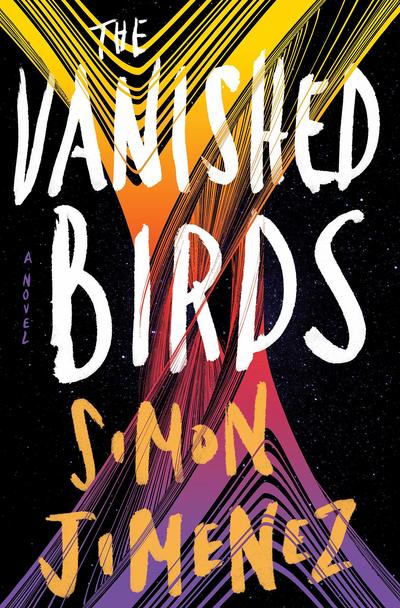
I’ve never read anything like this first novel, one of the most intricate and deeply moving stories told on many levels through many perspectives. It sometimes seems so complicated that I feared the author could never pull everything together, but he does in a song-like ending that celebrates human connection and love in a way I’ve only encountered in a few great novels.
Riot Baby by Tochi Onyebuchi
Riot Baby by Tochi Onyebuchi may be a compact novella but its powerful prose tears through the mind and heart like a sustained trumpet call of pain, anger and a kind of hope. The story can be called a fantasy, with siblings Kev and Ella, especially Ella, endowed with psychic powers that can manifest in the real world. But it is a fantasy that has nothing to do with escapism.
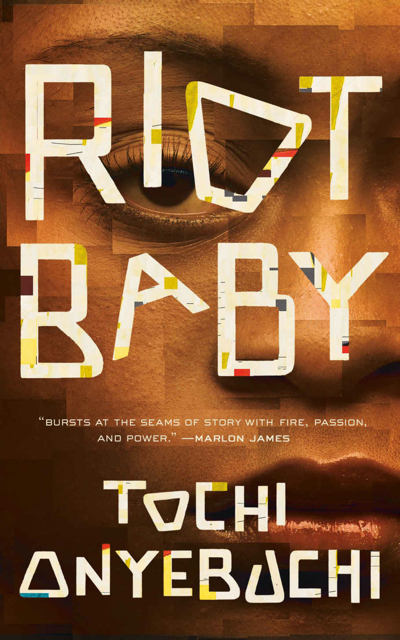
It puts us through the oppression of the present day experience of racism in South Central, Harlem, Rikers prison and a future Watts that substitutes rigid order for peace and freedom.
Riot Baby is a burning confrontation with street riots, police violence, gangbangers and hate narrowing the world of a pair of young people who struggle to break out of its terrible confinement.
Nexhuman by Francesco Verso, translated by Sally McCorry
Nexhuman by Francesco Verso brilliantly blends the story of a young man’s obsessive love for a transhuman being with a vivid depiction of a consumerist society strangling on its own trash. Skillfully translated by Sally McCorry, the novel poses powerful questions about what it means to be human.
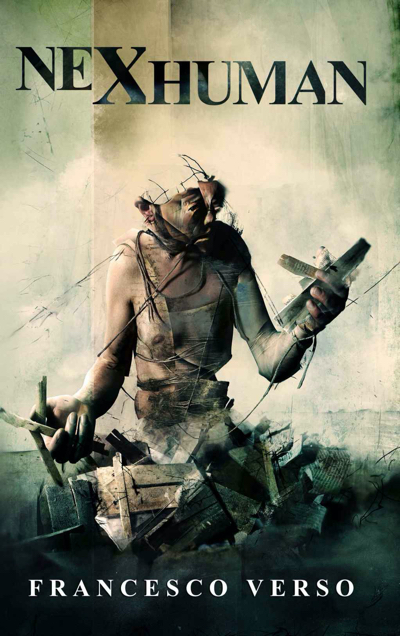
We see this world through the eyes of Peter Payne, a fifteen year-old learning the trade of salvaging trash, or kipple (a term borrowed from Philip K. Dick). Relentlessly shamed and manipulated by a bullying older brother, Peter immerses himself in fantasies. When he’s not learning his hardscrabble trade in kipple, he spends his time in the virtual “gamesphere” pursuing adventures around the world. But all that changes when he finds someone to love.
Frankenstein in Baghdad by Ahmed Saadawi, translated by Jonathan Wright
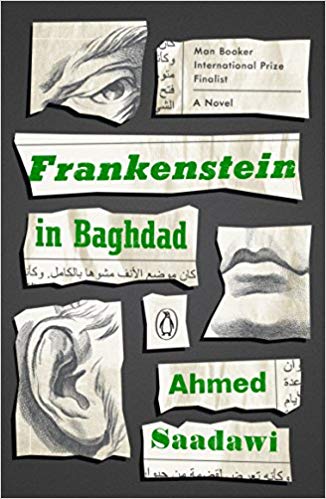
In Ahmed Saadawi’s Frankenstein in Baghdad, it takes a neighborhood of strange characters, rather than an over-reaching scientist as with Mary Shelley’s Frankenstein, to create a monster. And it takes a good story, whether or not it is true, just so long as it is believed.
There are many stories and levels of truth in this remarkable novel, beautifully translated by Jonathan Wright. Frankenstein in Baghdad is a portrait of a shattered society, full of people trying to capture something missing from their lives. They all tell stories that help make sense of fantastic events in a war-torn city.
Central Station by Lavie Tidhar
Lavie Tidhar creates a border city, a liminal place in Central Station that captures in great human depth a future world of interwoven nationalities, identities, destinies and lives. The city around Central Station, a vast spaceport in what was once called Israel or Palestine between the Arab and Jewish areas is one of many blended peoples, Chinese and Russian, Nigerian and Filipina, robot and human, believers and unbelievers, humans and the fully digitized Others.
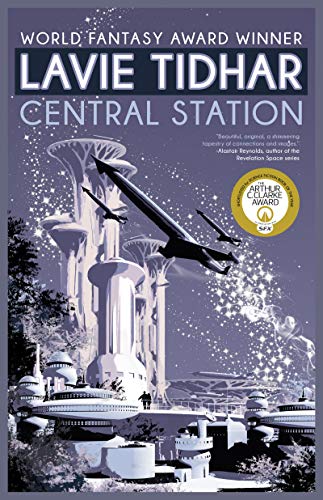
“Arab or Jew, they needed their immigrants, their foreign workers, their Thai and Filipino and Chinese, Somali and Nigerian. And they needed their buffer, that in-between -zone that was Central Station, old South Tel Aviv, a poor place, a vibrant place— and most all, a liminal place. A border town.”
Central Station, Tachyon paperback edition, p37
It is a world in which most people are “noded” or connected to the Conversation, the vast network of voices across the world and the settled solar system. Almost everyone is connected all the time. Yet by focusing on a few families of misfits in this liminal city, including some who live silently and “unnoded”, Tidhar touches on the deepest meanings of love, relationships, personal fulfillment, religion and death. That’s saying a lot, but Tidhar pulls it off beautifully.
There is so much about love and relationships in this moving novel, yet it remains firmly in the science fiction world. Nor would I call Central Station scifi romance. Its gritty realism presents in detail a future Tel Aviv, a Jewish section to the north, a reclaimed Arab Jaffa to the south, and in between a buffer surrounding the towering grand structure of the Central Station spaceport. The border city brings out the darker side of its inhabitants’ dreams and forces them to accept a more broken reality.
The Book of Strange New Things by Michel Faber
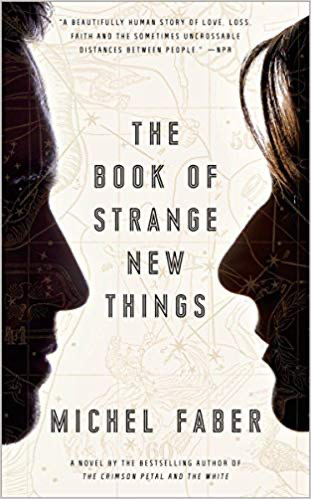
There is a powerful moment in Michel Faber’s The Book of Strange New Things, when Peter Leigh, transported across light years to minister to a alien congregation on the planet Oasis, delivers a moving eulogy about a man he has hardly known. The scene captures Peter’s ability to get to the core of the life of a near stranger and make him real to his listeners. As the novel progresses, though, Peter struggles to achieve this level of honesty and directness in his own life.
He finds himself unable to communicate with his wife back on earth while grappling with the problem of how to talk effectively using the alien language of his non-human parishioners. This is a beautifully written book that probes deeply into its characters lives amid a strangely beautiful yet empty world.
The City and the City by China Miéville
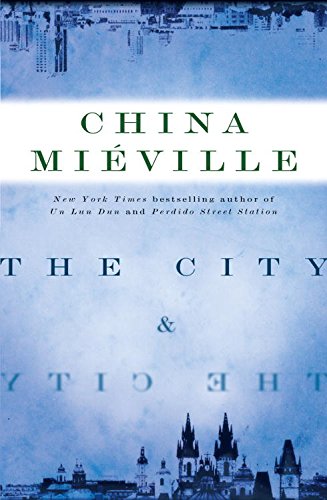
The City & the City by China Miéville takes the form of a murder mystery amplified by Miéville’s unique ability to find richly suggestive fantasy metaphors about our world. This one is about the art of unseeing or seeing only what you are permitted to recognize in the midst of the doppelgänger cities of Besźel and Ul Qoma. These city-states occupy the same territory, yet the buildings, streets and people of each are invisible to the other.
The residents train from childhood in what they are allowed and forbidden to see. Any infraction of the rules leads to Breach, and violators are taken away by the mysterious forces that suddenly appear. Breach is a law unto itself, feared by all, the strict enforcers of the detailed rules that control what people can see and interact with. The strange art of unseeing what is right in front of you is crucial to survival.
The Street of Crocodiles by Bruno Schulz translated by Celina Wieniewska
Bruno Schulz’ The Street of Crocodiles (1934), translated by Celina Cieniewska for a 1989 edition, is one of those completely original works that defies categorization. I guess I would call it fantastika. It’s a linked collection of stories about a boy’s view of his Polish hometown filtered through the adult mind of an amazing writer. That hometown becomes a fantasy city like nothing I have encountered before. Reading Schulz for the first time is like discovering another Kafka or Borges or Calvino but different from them all.
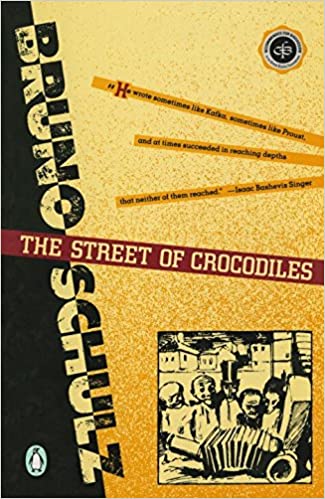
The words on the page begin to transform into mythical and unreal objects as you read. Schulz is building a fantasy city that follows its own rules on top of the drab reality of his Polish hometown, one that could only exist in the rich language of his crowded imagination.
Schulz spent most of his life in that town, Drohobycz, in southeastern Poland where he taught high school. He refused to leave, even after gaining some fame in the 1930s, and was killed there by Nazi violence in 1942 when he was just 50.
Dhalgren by Samuel R. Delaney
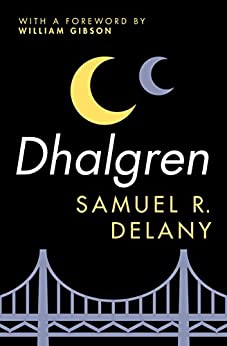
Dhalgren by Samuel R. Delany seems to have many detractors as a work of science fiction but I find it a powerful portrait of a fractured mind, of a poet in dystopia, of a city broken the way its main narrator feels he might be breaking. Known mostly as the Kid, because he has forgotten his name and he looks much younger than he is, the narrator struggles not just to write his poems but to understand the relationship between writing, his mind and the world around him.
In a lyrical, almost incantatory opening section, a nameless young man meets a shadowy woman who asks him where he is going. He doesn’t know his purpose, other than to survive each moment with his consciousness intact. The strange woman has sex with him, draws out a bit of his background. Though he’s forgotten his name, he recalls many fragments of his life.
This was a great reading year with so many unforgettable SFF standalone novels, as well as all the remarkable series that I got into. In addition to these nine, there were other speculative fiction works that I reviewed briefly on Goodreads but not here, including Dino Buzzati’s classic, The Tartar Steppe, and Olga Tokarczuk’s Drive Your Plow Over the Bones of the Dead. What were your favorite standalone novels this year?
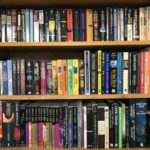
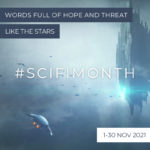

Leave a Reply